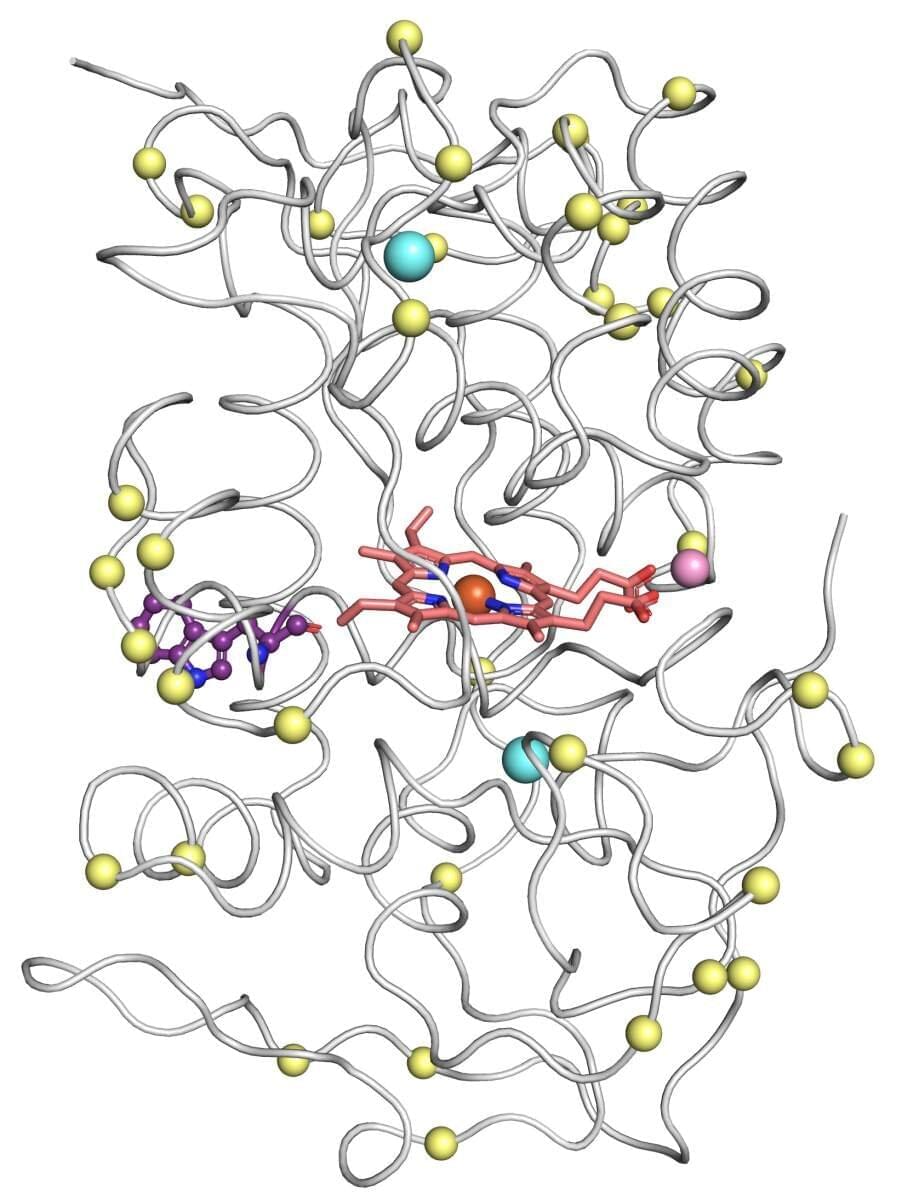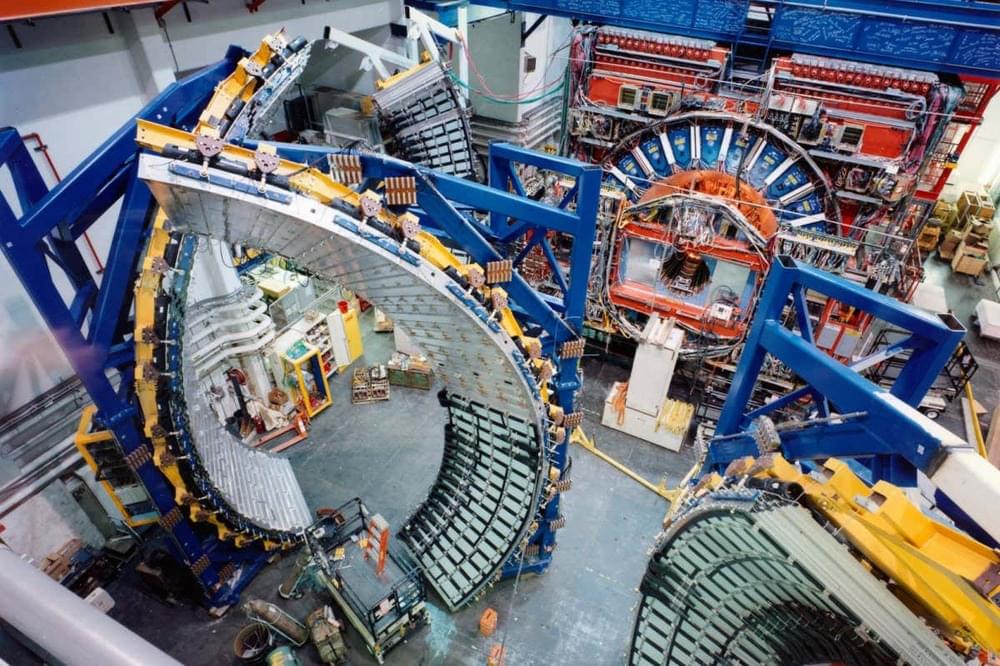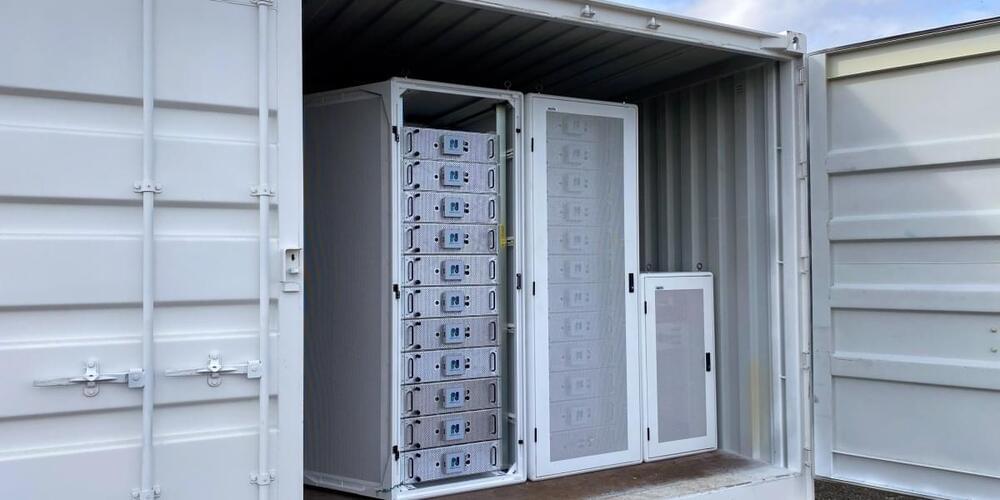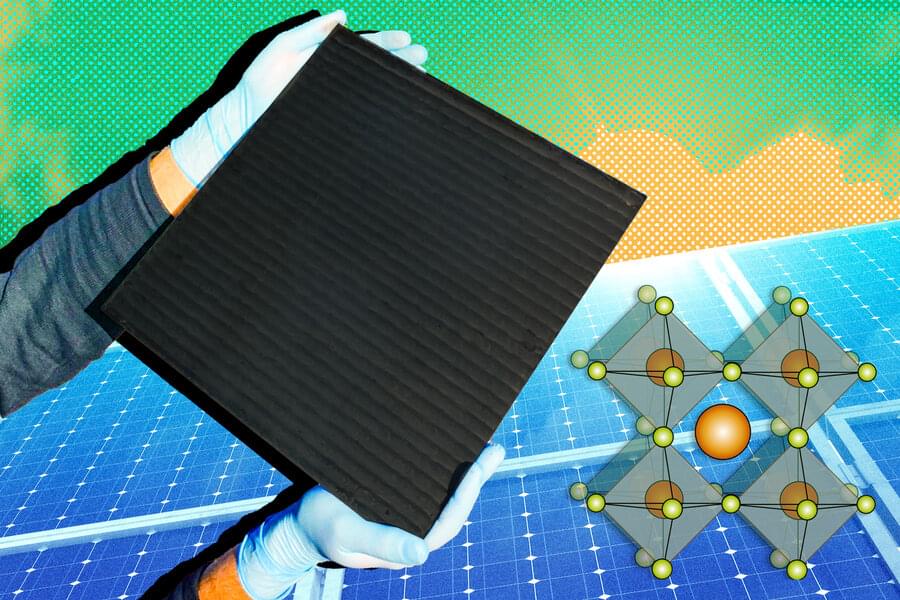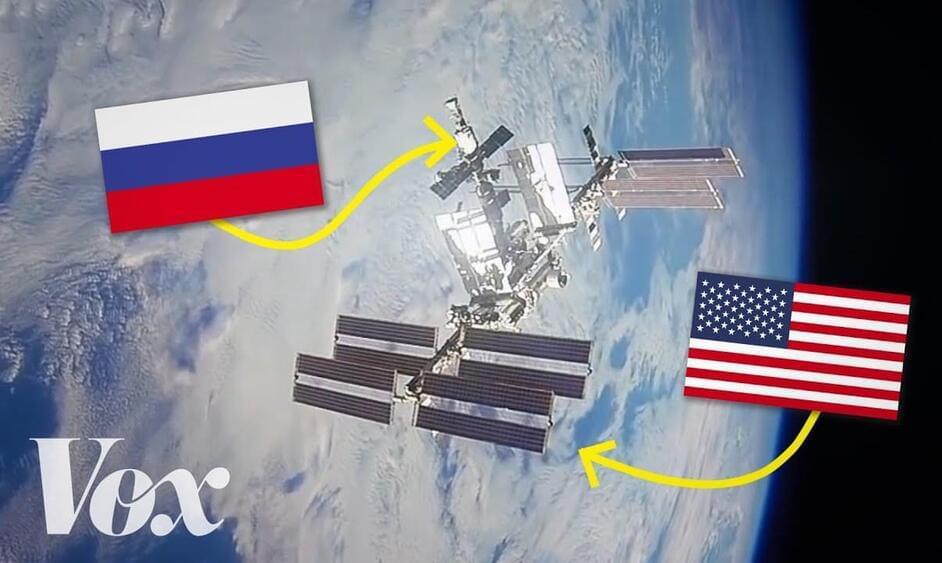Apr 13, 2022
Delfast electric bikes set world record for range and enter full production
Posted by Quinn Sena in category: transportation
Circa 2018
Many electric bicycle manufacturers claim that their e-bikes can go far, but only one can claim that their bikes go the farthest. With a Guinness world record breaking 367 km (228 mi) distance on a single charge, Delfast’s Prime electric bicycle takes the cake when it comes to long range electric bicycles.
Delfast Bikes, a Ukranian-based electric bicycle company, began their e-bike aspirations as a Kickstarter campaign just over a year ago, raising the initial funding necessary for the manufacturing of a first run of e-bikes in a single day.
Continue reading “Delfast electric bikes set world record for range and enter full production” »

